What makes a bright and vibrant tulip a very appealing plant is its unique color and incredible shape, including a petal-packed form that almost resembles peonies. Sadly, your happy feeling can be short-lived if you continue to make careless mistakes when growing it.
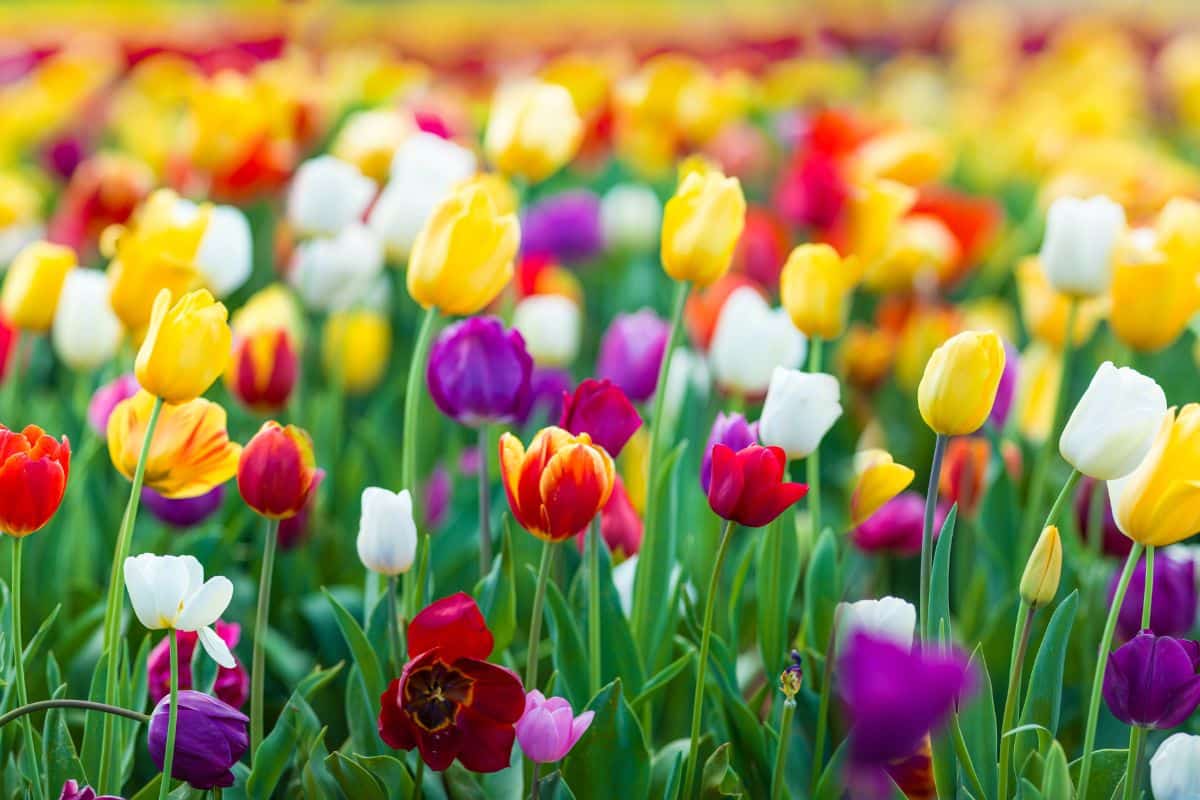
For instance, you can't afford to plant tulips too early, and finding the right location for them is critical. Watering also plays a crucial role, so you have to be careful when doing so.
However, whatever mistake you must have made has preventive measures, and we have highlighted the most common tulip growing problems and gardening mistakes you should avoid.
Jump to:
- Tulip Gardening Mistakes You Should Avoid + Solutions
- 1. Lack of Proper Planning
- 2. Wrong Growing Depth
- 3. Planting Tulips too Soon
- 4. Not Doing Soil Test
- 5. Watering the Leaves
- 6. Tiptoeing through the Tulips
- 7. Quick to Assume Your Tulips are Dead
- 8. Overwatering
- 9. Underwatering
- 10. Ignoring Pest Control
- Tulip Growing Problems & Solutions
- 1. Wilting
- 2. Viruses
- 3. Leaves Changes to Red
- 4. Fertilizer Problems
- 5. Poor Cultural Conditions
- 6. Watering Problems
- 7. Tulips Leaves Turning Brown
- Conclusion
Tulip Gardening Mistakes You Should Avoid + Solutions
1. Lack of Proper Planning
A good gardener does not start cultivation without appropriate preparation or planning. In other words, you have to make the necessary things available before starting, like finding the right location for your tulips to thrive and finding out if it is a suitable climate or region.
The worst thing you'll ever do as a gardener is to attempt to fight nature, as you will woefully fail. Many gardeners like growing tulips in too much shade or woodland bulbs in full sun, which is wrong for your plants and will not encourage healthy growth.
Solutions
- Carry out more extensive findings to know which bulb fits your growing region.
- Consider the right spot to plant, whether full sun, part shade, or full shade, and choose the best suitable tulips.
2. Wrong Growing Depth
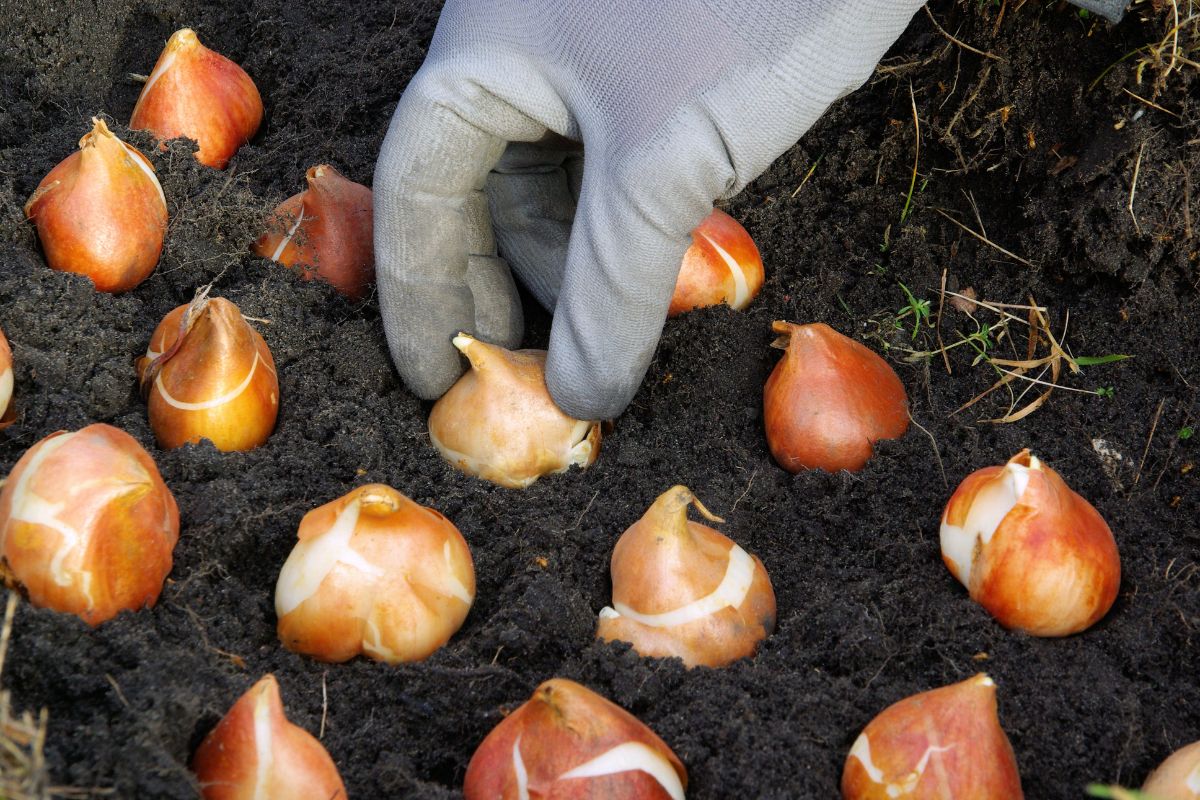
You can overlook it all you want, but wrong planting depth is one of the most common mistakes tulip gardeners often make.
If you don't plant things as deeply as they require, you'll harm your plants more than gold. Most bulbs, tulips inclusive, want to be grown a little deeper, so you must treat them as such if you want to get the best out of them.
Solutions
- For gardeners with sufficient soil depth, it is not a bad idea to exceed the planting depth recommended on the packet a little more. It helps you do more gardening over the bulb tops you've grown.
- Plant the length of the bulb thrice. But it would help if you go a little deeper, as the deeper your tulips are, the cooler the ground and the moister the soil, which will help your plant.
3. Planting Tulips too Soon
Most gardeners rush to plant their tulips too early, when the ground has been affected by tulip fire and is still warm, precisely September or October. You risk your plant to the devastating tulip fire if you do it.
Meanwhile, tulip fire is a fungal disease that often comes when the soil is too wet, or the atmosphere is still cold and damp. It doesn't bode well for your tulips.
Solutions
- The best time to plant your tulips is between November and December because that is when it has little danger of attracting tulip flies.
4. Not Doing Soil Test
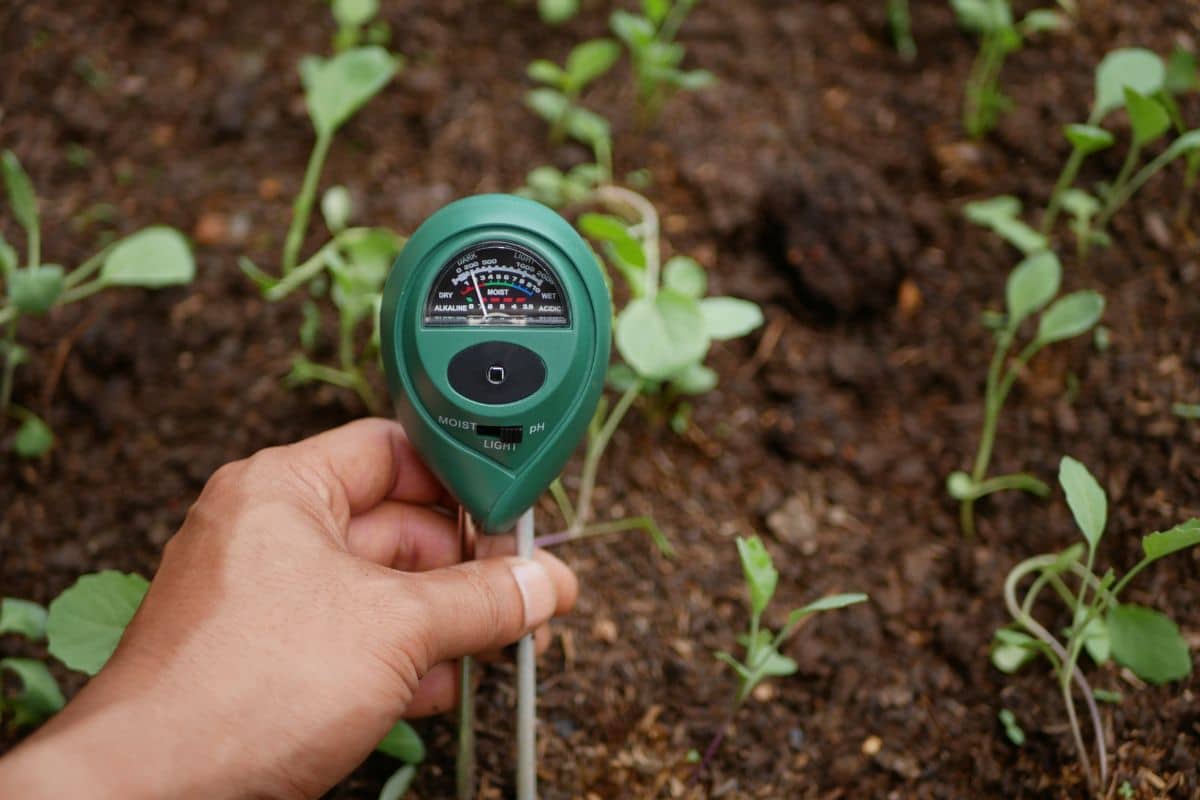
If you are a tulip gardener, it would be an error if you didn't do a soil test before choosing the right one for your plant. Meanwhile, soil differs from one area of your yard to another. So, if you haven't conducted a soil test, you will not know what nutrients or lack thereof are in your soil.
If you lack the information, you will hardly know what you may require to apply to your soil to make your tulips grow well. Soil can change from one growing season to another. It will be a costly mistake if you fail to conduct an appropriate test before using any soil.
Solutions
- It's pretty simple!!! You must test your soil every year or two to determine the kind of nutrients they have or if they have the ones that will suit your tulips and enhance their healthy growth.
5. Watering the Leaves
It is not a good idea to do overhead watering, as you'll not just be wasting water as it blows in the wind, but cause your leaves to become too wet, thus attracting fungus and other disease-causing microbes.
Solutions
- We recommend you go for a drip irrigation system or soaker hose, as it is the best way your tulips can derive the adequate moisture they require from the soil directly at the roots, where the moisture is required.
- Plan your watering routine in the early morning before it becomes sweltering and evaporates too fast.
6. Tiptoeing through the Tulips
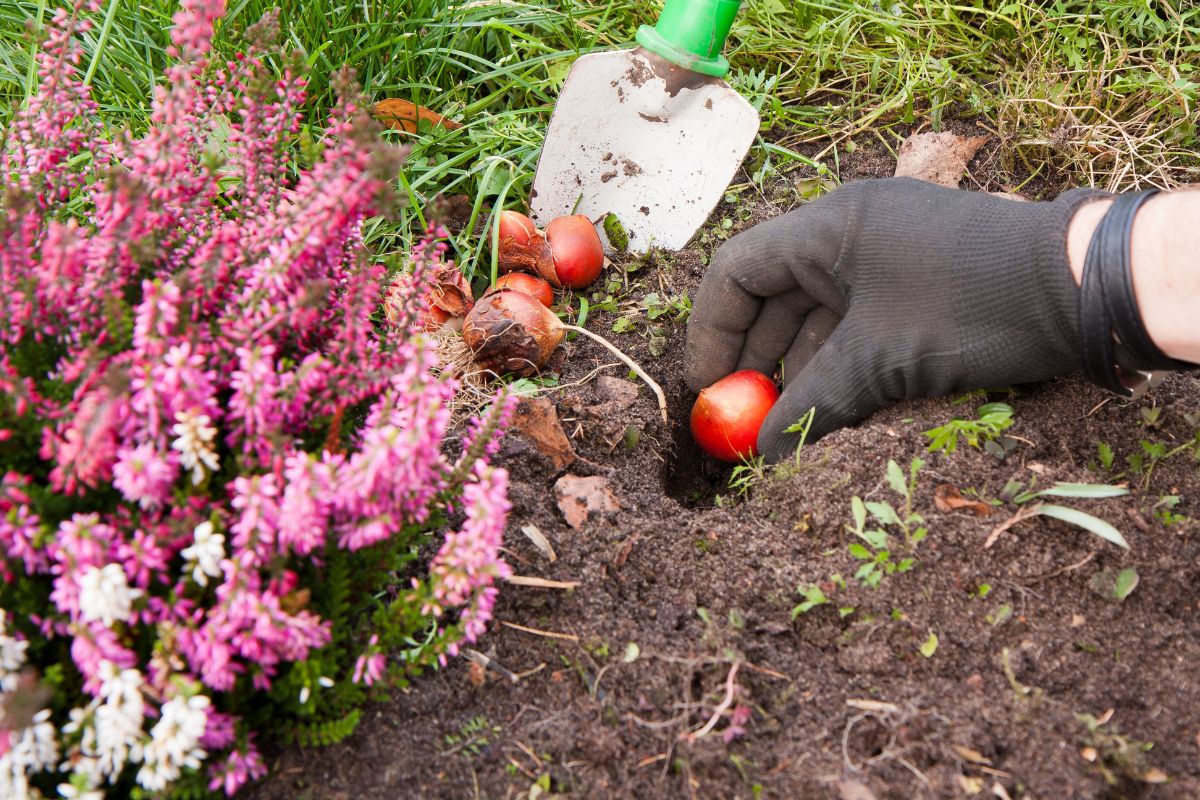
Another mistake is trampling on your plants mistakenly; therefore, it wouldn't be a good idea to tiptoe through the tulips or lumber through them.
Even though most perennials wouldn't suffer much from your trampling and snapping a few shoots, those that grow from bulbs like tulips or lilies will be seriously affected once they are broken off.
Solutions
- You can set stakes in a circle around each tulip clump once its tips start emerging from the soil, as lily shoots are significantly fragile. It will help you and your pets detour around those clumps rather than walk across them.
- Make sure the foliage from each of your tulips wither independently rather than try to shear them off yourself.
7. Quick to Assume Your Tulips are Dead
"Patience is a virtue" is a common saying and should be imbibed by gardeners in certain gardening activities. In terms of new growth, some gardeners are so impatient that they conclude that their tulips are dead since they aren't producing anything yet.
But plants that do not act until mid to late summer, like hardy hibiscus, always like to sleep in. So, there's no need to rush to the conclusion that they are dead, as they can be revived.
Solutions
- You must keep track of where your tulips are as it will prevent you from mistakenly damaging them when trying to replenish their supposedly empty spots.
- Do not be drawn into filling up those spaces too quickly with plants referred to as aggressive, as they will dominate your garden in double-quick time by running roughshod over everything else.
- Given that an invasive plant depends on the climate, it would be best to inquire from your neighbors about the kind of easy perennials that have suddenly turned into nightmares for them.
8. Overwatering
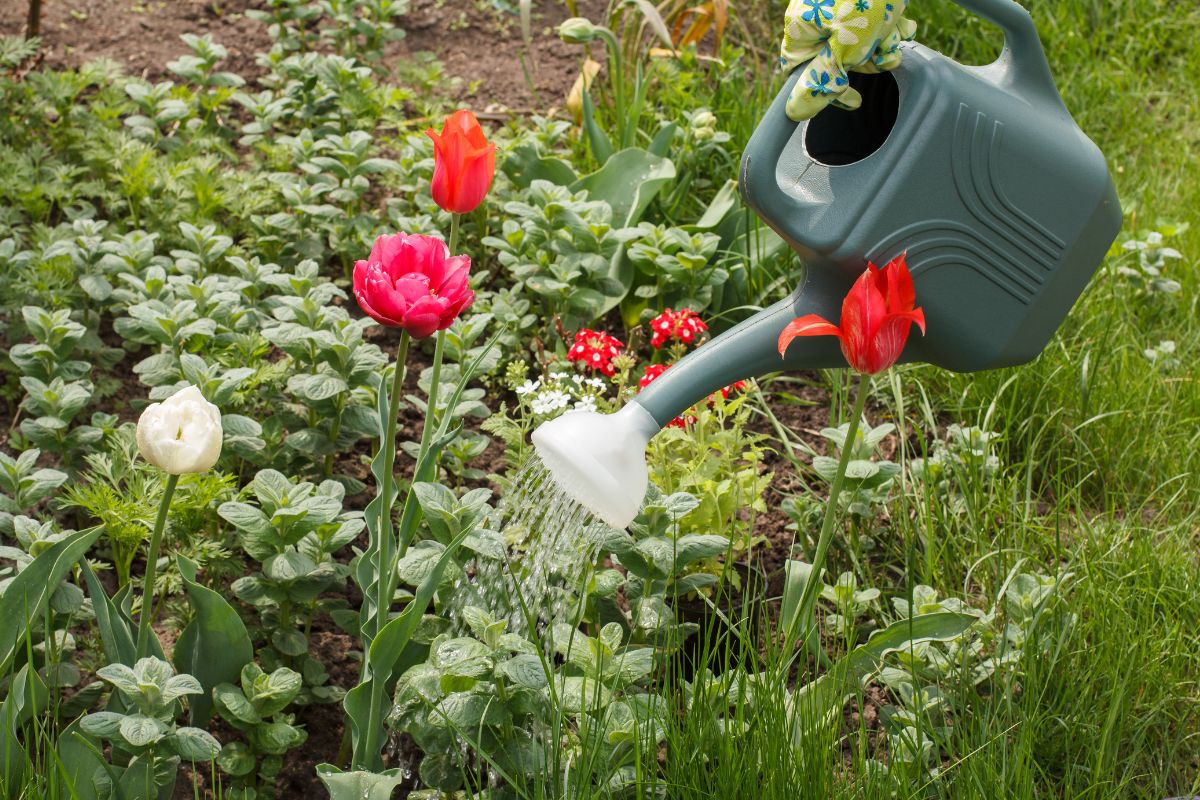
Overwatering doesn't make your plants stay healthy; rather, it hinders their progress. Therefore, do not make the mistake of allowing your tulips to become too wet; once your compost is cloggy and not free-draining, it can result in bulbs rot.
Solutions
- The best soil to use is free draining compost
- Apply some grit if required
- Ensure your pots have adequate well-drainage holes underneath
- Dip your finger into the soil to assess the level of its wetness.
9. Underwatering
One of the most common mistakes among gardeners is the neglect of watering duty. Most times, allowing your tulips to get too dry is not good, as it will cause them to wither in the long run.
However, even though it will recover when you resume your watering schedule, it is best not to take chances first.
Solutions
- Make sure your pots stay watered as spring approaches.
- Whether it is raining or not, your vases still need watering.
- You can water your tulips at least twice a week in March, April, and through May once they start developing leaves and photosynthesizing, as well as soaking up moisture to create more leaves and stems.
10. Ignoring Pest Control
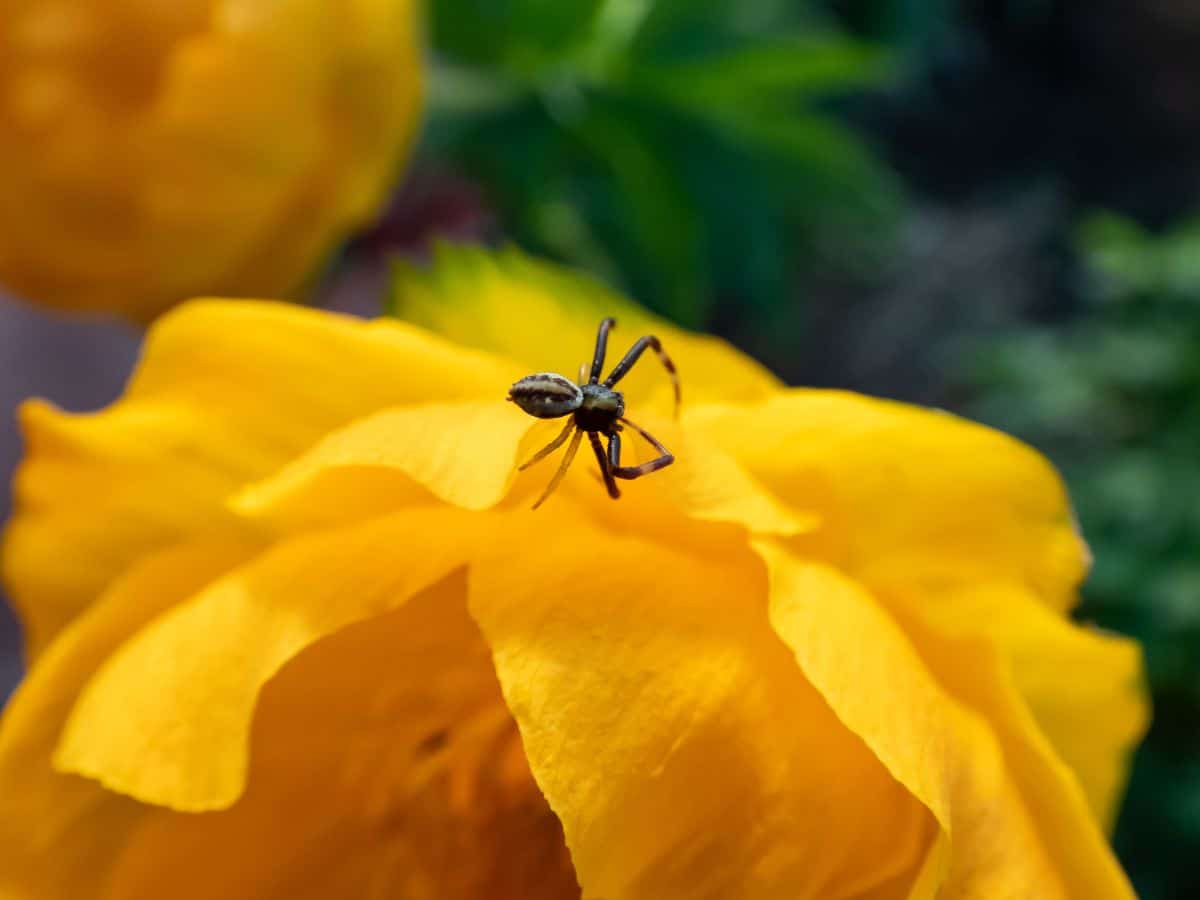
If you give pests a chance, they will destroy your tulips. Some gardeners see pests as the norm of any garden, but with more freedom, they will bring diseases to your plants, which in turn hampers their growth.
Solutions
- Poisons can do the trick; however, it is considered a risky option, especially if you have children and pets around.
- The best option is to go for pest and disease-resistant plants, encouraging beneficial insects and birds to consume the destructive bugs.
- Again, you can try handpicking them off.
- Another method is using a powerful water jet to wipe them off your tulips.
- You can buy nontoxic sprays and traps. All the above methods can work as long as you find and deal with them immediately before they cause more problems than you can solve.
Tulip Growing Problems & Solutions
1. Wilting
If your tulip plant is affected by a fungal disease called Botrytis Blight, it will begin to deform its tender leaves, thus causing it to curl and wilt. These leaves can also develop white or yellow spots.
Solutions
- You can apply fungicides as preventive approaches, even though they aren't solutions to pre-infected plants.
- The best thing is to purchase and grow spotless, disease-free bulbs.
- Please remove every weed from its flowering area since weeds serve as a home for pests and diseases while preventing proper air circulation.
2. Viruses
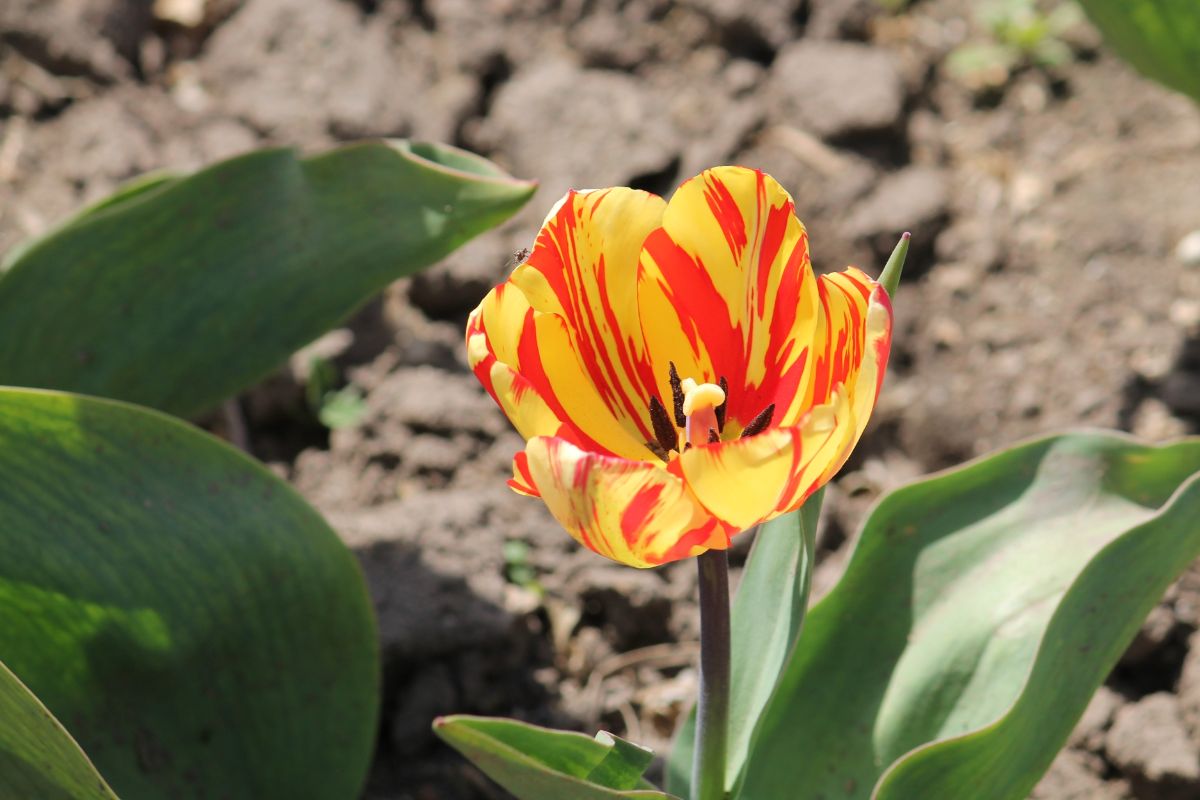
If your tulips are affected by viruses, it results in streaky, yellow leaves, uneven flower color, distorted, curled leaves, and blooms.
Meanwhile, these viruses are contracted from pests like aphids, thrips, and mites, which enter your tulips via open cuts. Dirty gardening tools also cause viruses.
Solutions
- Sadly, there's no lasting solution to viruses that rampage your tulips. Therefore, any infected plant must be removed and damaged immediately to prevent it from contaminating others.
3. Leaves Changes to Red
Whenever you discover any slight change in the color of tulip leaves, it is always a sign that all is not well with your plant. If you notice its leaves changing to red, it could mean that your tulip is not receiving enough heat.
And this situation is most common in low-temperature environments as it prevents flowers from getting sufficient chlorophyll, making the leaf edges turn red and spread to all parts of the plant.
Solutions
- Move the tulip to an area where it can receive direct sunlight for an extended period.
- Even though it will take a few weeks for the blooms to green their leaves, you should ensure you take proper note of the results in a few days.
4. Fertilizer Problems

It could be a big problem if your blooms are yet to get sufficient nutrients. This complication explains why the consumption of fertilizers is an essential part of tulip growing because they are the only sources of food for them; hence you don't need to neglect it.
Solutions
- Fertilize your tulips at least every 3 to 4 weeks as their effects start to wear off. Once it is taken care of, your leaves' color starts coming back to its green color in a few days.
5. Poor Cultural Conditions
Tulips aren't species that care too much about watering. However, in drought season, they will wilt. Therefore, watering them during dry seasons would be best to keep the soil moist but not soggy.
Solutions
- Tulips naturally wilt after concluding their bloom production; dig the bulb, get rid of the leaves, wipe off the dirt, and store them in an excellent, dry spot.
- Meanwhile, if you must prevent poor cultural conditions, it would help if you don't plant them in the same area for over three years.
- Please plant them in their perfect depth to avoid too many problems.
Note: Generally, you must plant tulips at the right time, right spot, and correct depth to avoid inviting too many problems.
6. Watering Problems
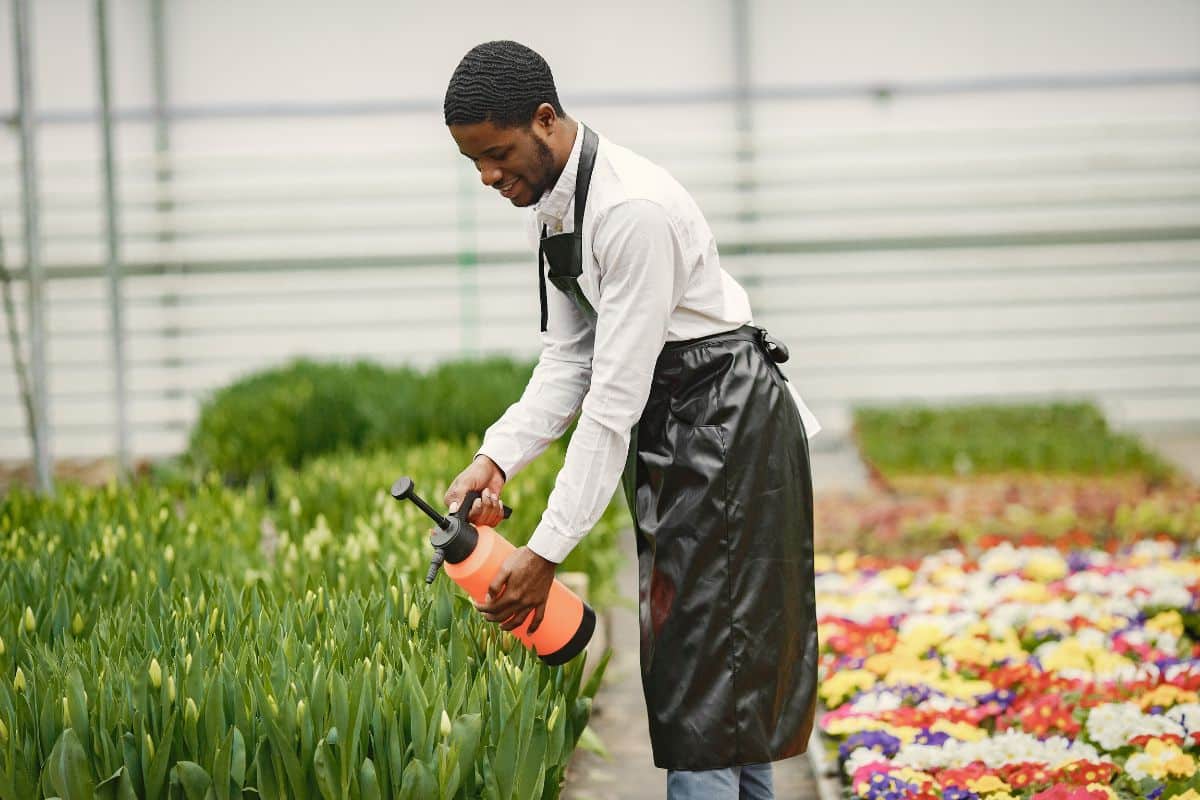
Although tulips do not necessarily need much watering, it will do them a lot of good if you water them adequately during drought or when the soil condition around them is dry.
However, if you live in a cold region, you should have nothing to worry about since there may be enough moisture in the atmosphere to maintain the soil's moist condition.
Solutions
- Always check to see if the soil is arid before watering moderately.
- Ensure you use a well-drainage system to keep the soil moist without necessarily clogging the water.
7. Tulips Leaves Turning Brown
If you notice that your tulip leaves are turning brown, the most apparent cause is improper watering or dehydration. It could also be caused by poor water quality, excessive fertilization, inadequate lighting, overwatering, root rot, poor airflow, and even pest attacks.
Solutions
- Make sure your tulip doesn't stay in the water for too long.
- Make sure you use well-drainage soil.
- Avoid overwatering, which can cause root rot and subsequently change in color of leaves to brown.
- There should be extra space between the roots by creating holes to enable oxygen to go deep into the soil.
Conclusion
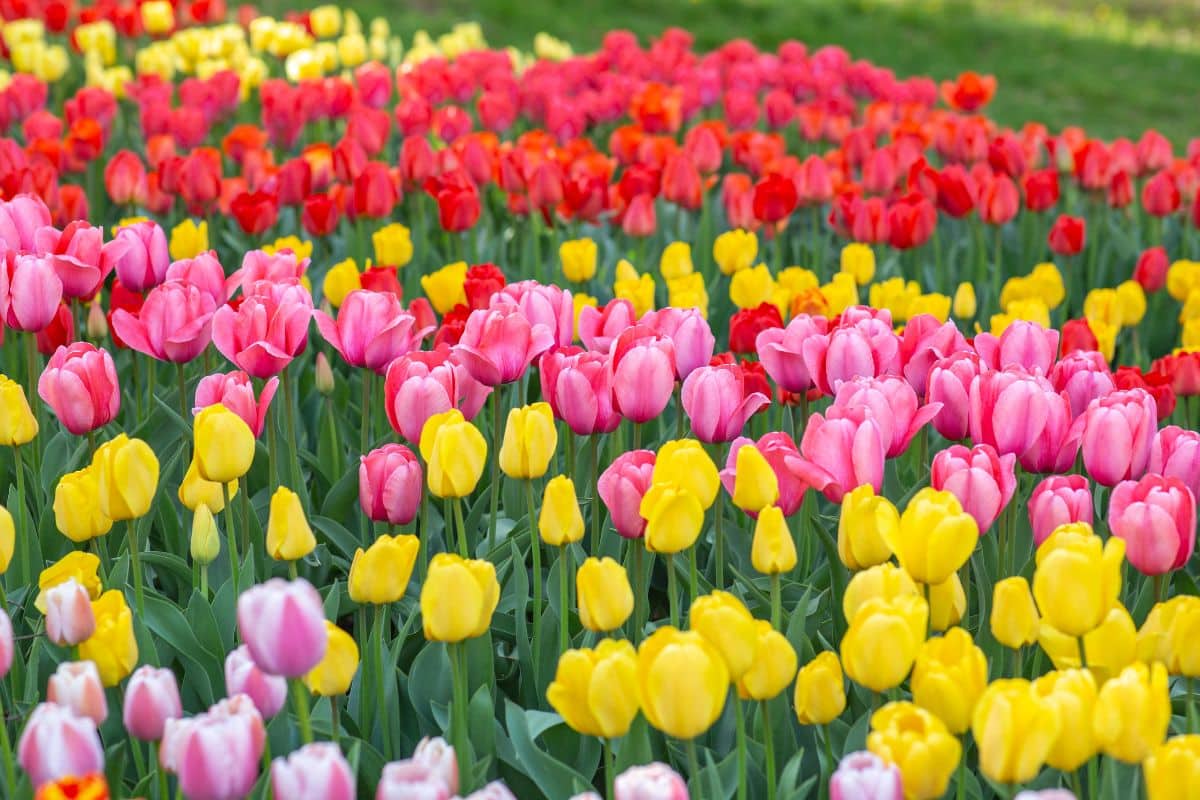
You won't be blamed for making mistakes as a gardener, as it is part of the experience you will gain. However, the greatest mistake you will ever make is refusing to learn from your gardening mistakes.
A study of our article above will tell you how to avoid tulip growing problems and correct your gardening mistakes through the simple laid down solutions for each. Happy Gardening!!!




